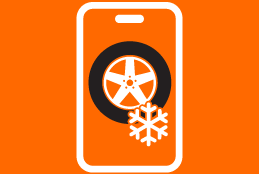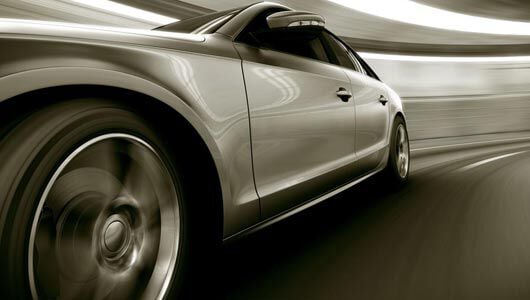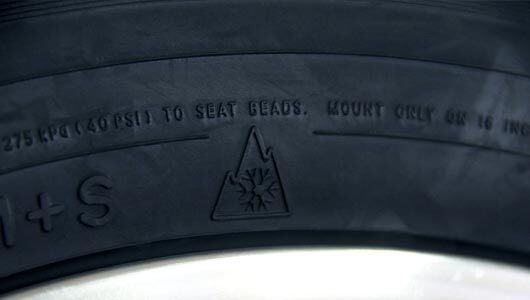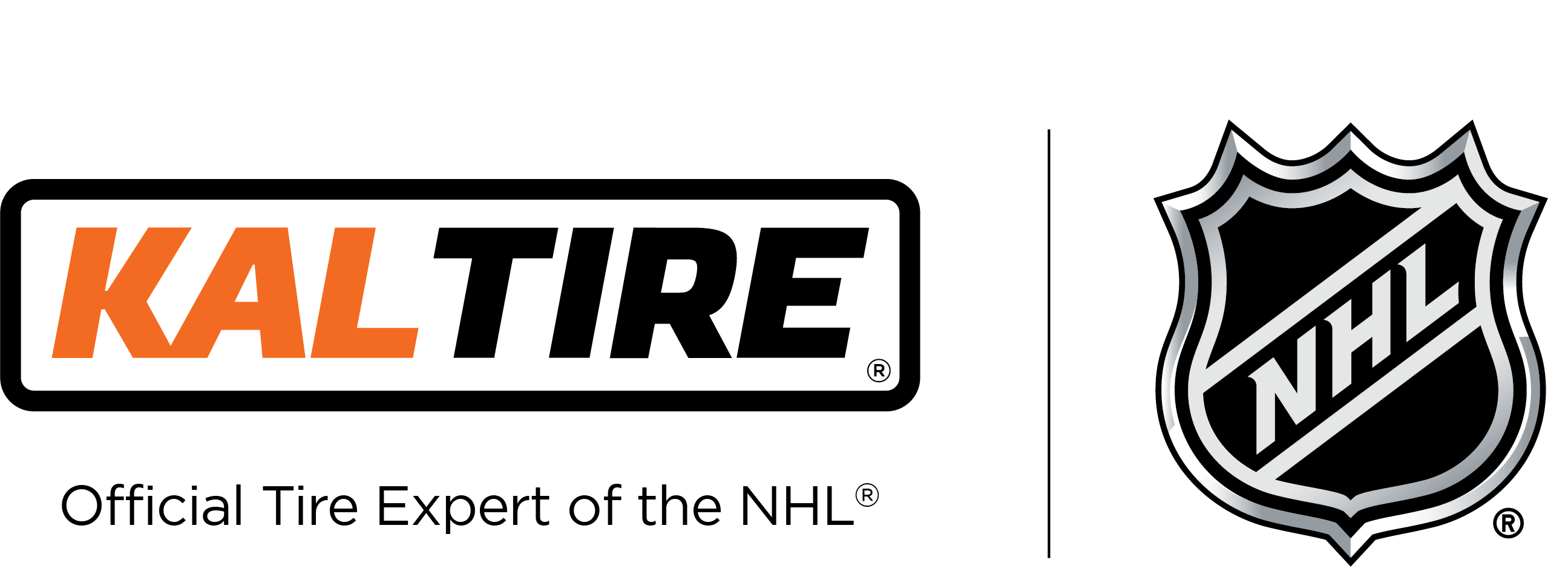3 Ways tire speed rating impacts your safety

What is it about your tire that lets your vehicle brake in time when a child’s basketball tumbles out on to the road, or swerve to miss a deer bolting from a bush? It’s the stability of your tire’s tread, the construction of the carcass, the compound of the rubber. It’s your tire speed rating, or, to be more accurate, your tire’s performance rating.
How does this rating impact the handling and safety of your vehicle, and what do you need to know about tire speed rating?
What is tire speed rating or performance rating?
By definition, tire speed rating indicates the maximum speed a tire can sustain for a certain period of time without risk of tire failure, but it’s not just about speed. It’s about performance:
- how your tires get rid of heat
- how they brake, corner, grip and swerve just in time
You can find your tire’s speed rating on the sidewall of your tires. It’s the last letter of the tire size.
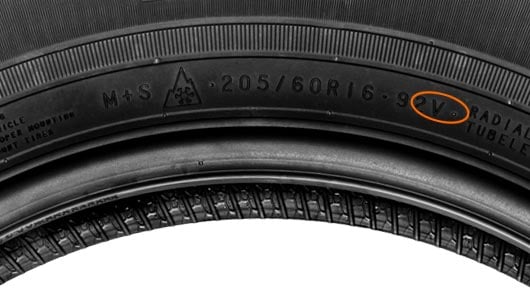
Why was tire speed rating created?
After years of tires failures and accidents caused by drivers flying down Germany’s Autobahn at top speeds, a global tire speed rating system was created to remind drivers of their tires’ limits. In the 1960s, there were only three ratings; now there are 14.
Today, those ratings indicate so much more about how a tire performs.
Tires with higher speed ratings are:
- better equipped to get rid of heat
- offer better cornering, gripping and braking
Tires that have been downgraded in speed rating:
- flex and squirm under pressure, causing heat-build up and compromising traction and tire life—situations that can lead to blowouts, especially in the heat of summer.
Speed rating is based on:
- rubber compound
- tread stability, design and casing construction
Tires with bigger inter-locking tread blocks squirm less than a lot of little tread blocks. Less squirming means more staying on the road.
How does speed rating impact your vehicle's handling and safety?
Heat build-up
Heat is your tire’s number one enemy. Tires with low speed ratings flex and squirm under pressure, causing heat build-up.
And heat build-up, along with high temperatures—whether you’re on your morning commute or your way to the cottage—can have a big impact on your tire’s performance and durability.
You could be risking:
- tire degradation
- reduced traction
- tire failure and blowouts
Tires with higher performance ratings are better equipped to get rid of heat, in part because they generally have higher quality construction and ply.
Braking
During one of our recent performance rating tests on hard braking in an emergency situation, a lower ‘S’ rated tire driving 100 kilometres per hour was still going almost 25 km/hr when the higher ‘V’ rated tire stopped. The ‘S’ rated tire took 39 metres to stop. The ‘V’ rated tire stopped in 35 metres.
Why? Performance rating has a huge impact on braking. Lower-rated tires will squirm and change shape under hard braking, taking longer to stop in emergency situations.
Cornering grip
It isn’t the size but the quality construction of your tire that’s going to help you take sharp turns safely.
If you’re heading up a highway ramp at high speeds and you’re not ready for the tight curve ahead, your vehicle will stay on the road, or not, because of your tire’s grip. Under force, the shape and contact patch of a lower-rated tire will change, reducing your traction.
As well, your vehicle operates safely because of several systems—anti-lock brakes, stability control—that can only work with the traction limits of your vehicle’s tires.
Steering response
One of the biggest differences you’ll see and feel between tires with high and low performance ratings is the quickness of your steering response. You won’t have to turn your wheels as much when you have tire with better traction because they can respond more accurately.
Less tire flex also improves stability, allowing your vehicle to swerve and remain stay on the road. Whether you need to dodge a dog or a fallen suitcase on the freeway, you need lightning fast steering response.
What you need to know about speed rating?
It’s critical that your performance rating and load index matches the original equipment specifications recommended by your vehicle manufacturer.
You can always go up in performance rating, but you can never downgrade or you’ll compromise the handling and safety of your vehicle. Note: One tire size could come in multiple speed ratings.
The only time it’s OK to downgrade your tire speed rating is with your winter tires, where a ‘Q’ rating is acceptable because you’re going to be driving slower and in cooler temperatures.


